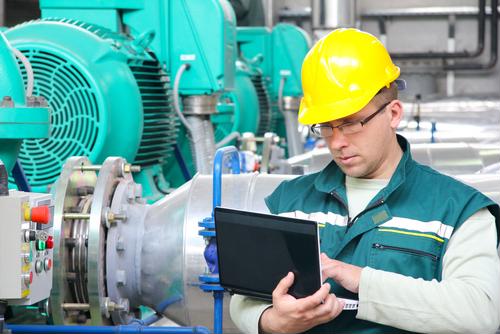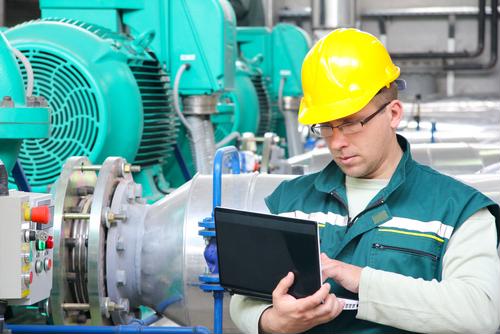
In order for your organization to run at its peak level of competence, you might need to provide your employees and colleagues with the best resources possible. In other words, you might need to spend money to make money. Keeping your business ahead of the competition might involve upgrading your hardware to the latest model.
It’s beneficial to update your technology as often as your corporate budget allows. Not only will it improve the quality of services you can offer consumers, it gives your colleagues the ability to complete more tasks efficiently.
It’s normal for your technology to lag or break occasionally. However, when this becomes a normal occurrence, you should consider upgrading your hardware. But this isn’t the only reason.
Here are five telling signs that show you that it might be time to update your office or warehouse technology:
1. Security Issues Arise
If your organization experiences frequent security intrusions, you might want to change your systems. Oftentimes, old technology falls prey to hackers and cybercriminals because they lack the security updates, software patches, and the most advanced intrusion countermeasures. You might think your cybersecurity system is impenetrable, but you should never underestimate the intelligence of hackers. According to the Online Trust Alliance, there were 159,700 cyber incidents in 2017. This number almost doubled from 2016’s statistics of approximately 82,000 cyberattacks.
If someone enters the system and deletes, alters or steals data or confidential company information from your archives, the amount of time and resources you will need to compensate for this loss can be detrimental to your business. They might be one step ahead. Updating your technology grants you access to more sophisticated security measures.
 Hackers pose a significant threat to organizations with outdated technology.
Hackers pose a significant threat to organizations with outdated technology.2. Replacement Costs Are Competitive With Repair Costs
If you have outdated hardware, maintenance personnel may not know how to fix it. You may need to hire someone specialized in this software, which could result in a higher repair bill. Before paying to repair outdated equipment, always get a quote ahead of time so you can decide if it would be more cost-effective to purchase new technology.
In addition to pricier repair charges, you might have difficulty finding replacement parts for your hardware if it is antiquated. If the equipment is more difficult to find, it may be more costly. As a result, you might spend less money replacing the whole system altogether than you would in repair costs.
3. Your Organization Is Growing Faster than Anticipated
If your business is performing successfully, you might need to hire more individuals to keep up with high demands. With more people using outdated technology, it is more likely to crash or break. In order to coordinate with increased employees, you might need to update your hardware.
Ask your colleagues and employees for suggestions on new hardware systems.
When updating technology, speak with your employees and colleagues to see what sorts of systems they believe are the most profitable and user-friendly. You want to integrate technology that a majority of individuals at your organization believe to be the best. Speak with current employees about challenges they have had with the current hardware and ask prospective employees what technology they find to be the most efficient. If aspects of your technology are preventing them from performing at peak productivity levels, upgrade your hardware to one that may likely convert to positive results.
4. Your Organization is Utilizing a Legacy System
If a piece of hardware or technology is considered antiquated, it is deemed “legacy.” Many software companies do not support technology that has reached its end date. Since the Windows CE 6.0 reached the end of its life only months ago, according to Microsoft, many companies using this system have already transitioned to a new hardware system. However, many companies have not transitioned from other Windows systems that are reaching their end dates soon, such as the Windows Imbedded Compact 7 and Windows Imbedded Compact 2013, which reach their ends in 2019 and 2020, respectively.
If either of these types of hardware break, Microsoft will be unable to fix them, which could result in loss of productivity in the warehouse.
5. Updates Aren’t Available for your Technology
If you need to install or download new software, your system might need to meet certain minimum requirements. If it doesn’t meet these prerequisites or if there is not enough memory in the system to properly install updates or download necessary files, you might need to purchase new hardware to get this software to work.






